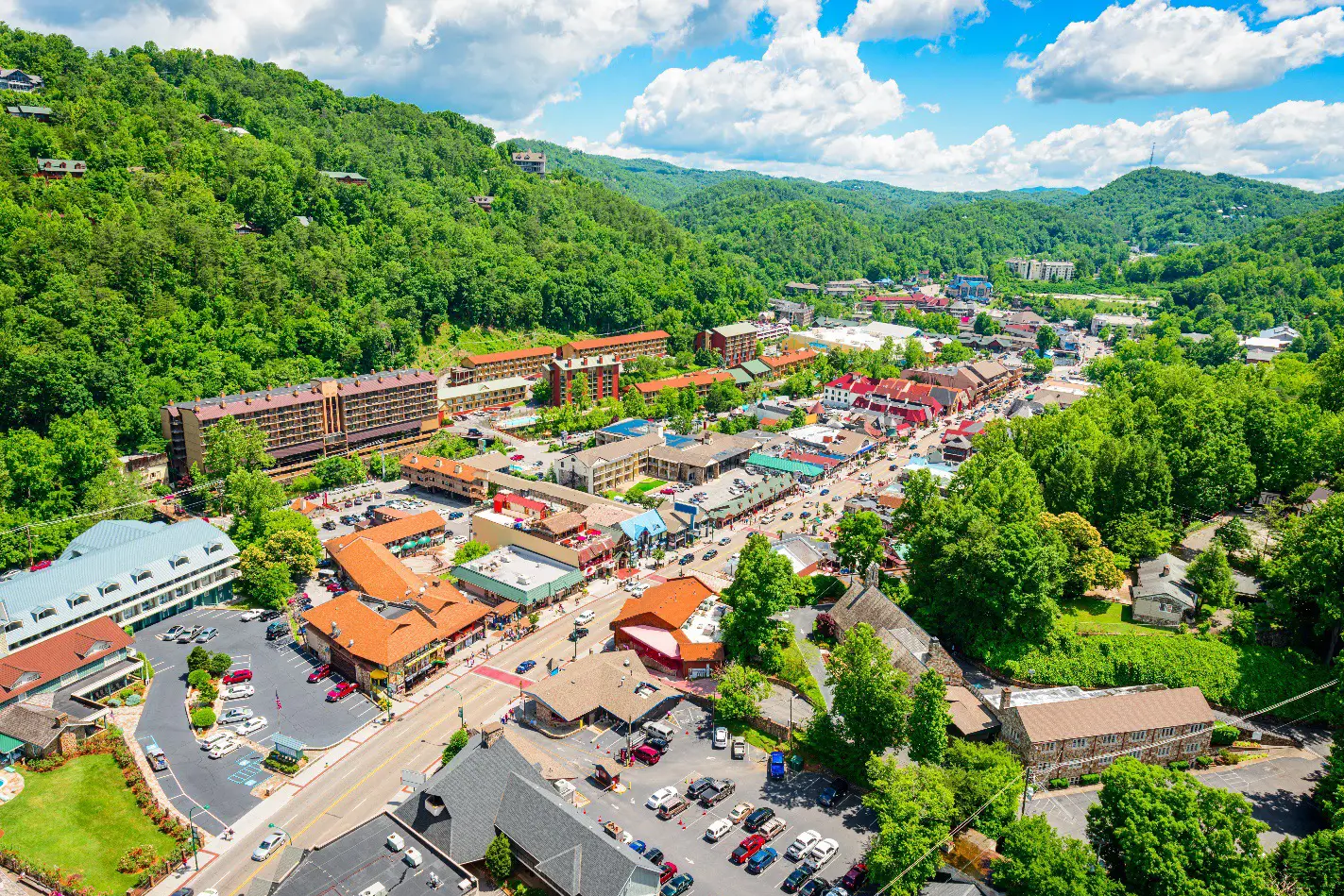A new handbook has been published for the lesbian, gay, bisexual, transgender and queer travelers planning a trip to Europe. The handbook is published by the European Travel Commission (ETC), in collaboration with the International Gay & Lesbian Travel Association Foundation (IGLTAF).
The aim of the Handbook on the LGBTQ Travel Segment, authored by Peter Jordan of Gen C Traveller, is to help European destinations to understand the potential of the LGBTQ travel market and how European NTOs can provide a more welcoming environment for LGBTQ travelers from all around the world, in order to improve Europe’s overall competitiveness as a destination.
First-hand consumer research for the Handbook was facilitated by Hornet Networks through an online survey of LGBTQ consumers in five long-haul markets: Brazil, China, Japan, Russia and the United States. Additionally, the Handbook includes insights from 16 experts who gave their perspective on the cultural factors that shape demand for travel among LGBTQ consumers.
Research results found that overall Europe has a strong competitive position, being viewed widely by LGBTQ consumers in its major long-haul markets as “the most liberal, socially progressive destination”, however, weaknesses prevail as some parts of Europe are perceived to offer a less safe environment for their own LGBTQ citizens, and by extension, travellers.
LGBTQ travellers in Europe’s long-haul markets have a high affinity with Europe and a strong desire to visit in the near future. 80% of survey respondents expected to visit Europe in the next three years, with 92% of those who had visited before expecting to make a repeat visit.
LGBTQ travellers to Europe are highly sensitive to how local LGBTQ people are accepted in society. Most of all, they value an open-minded and forward-thinking culture, as well as a history of acceptance, and local laws allowing same-sex marriage or civil partnerships. LGBTQ events and nightlife are also major attractions, especially for travellers from Russia or China where these are less prevalent.
LGBTQ events and festivals are high on travellers’ wish lists when visiting Europe, as well as the opportunity to discover the nightlife. However, the research highlights that a significant number of travellers are looking for a more cultural experience, such as visiting specific sites and monuments, socialising with local people and enjoying luxury experiences. In destination marketing, LGBTQ consumers value authenticity in the marketing message and images, and consistency between the marketing promise and in-destination experience.
The Handbook is free of charge, and can be downloaded through the websites of the European Travel Commission and the International Gay and Lesbian Travel Association. With 75 pages of analysis, forecasts and consumer insights, the Handbook is expected to be a valuable resource to those seeking to understand the dynamics of the LGBTQ travel segment today. A 41-page supplement that includes case studies on LGBTQ destination marketing and transcripts from the expert interviews is available upon request.















